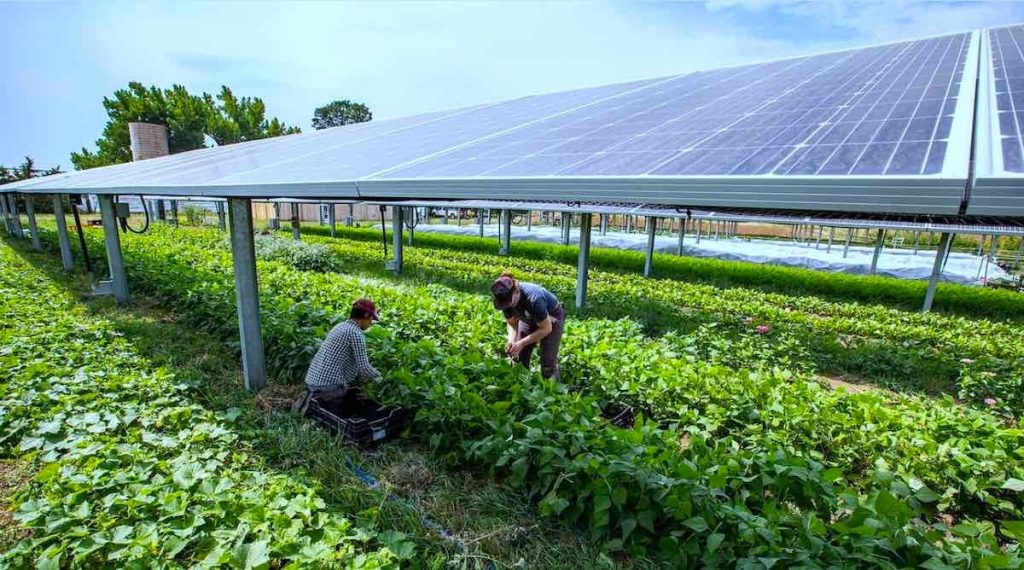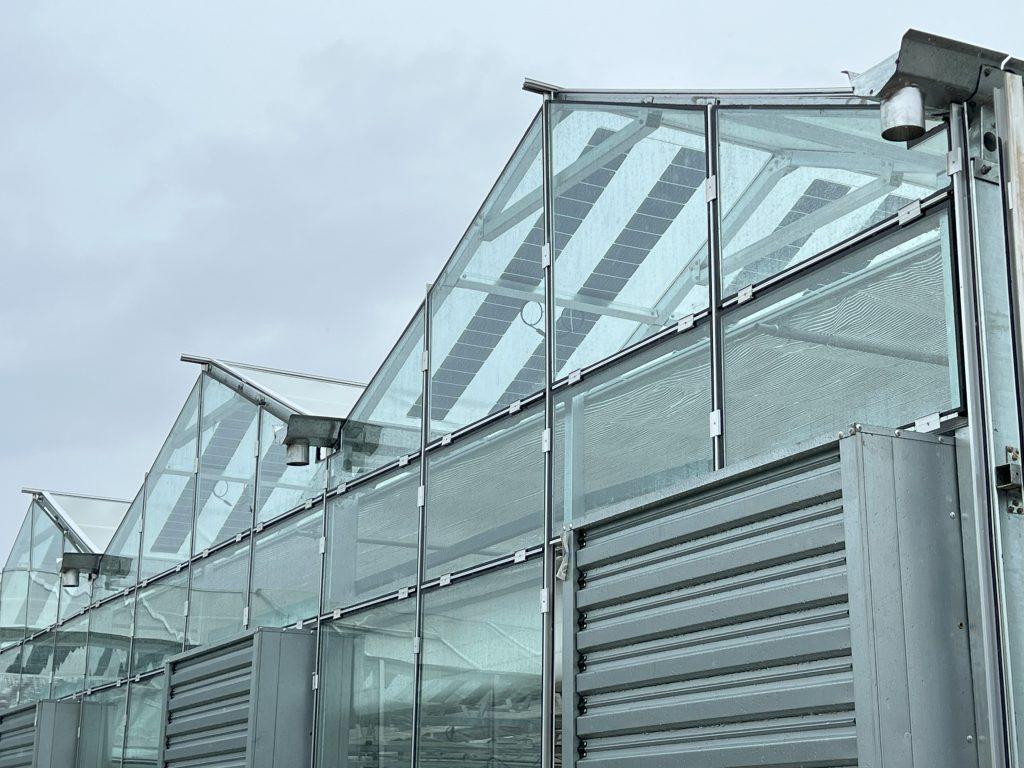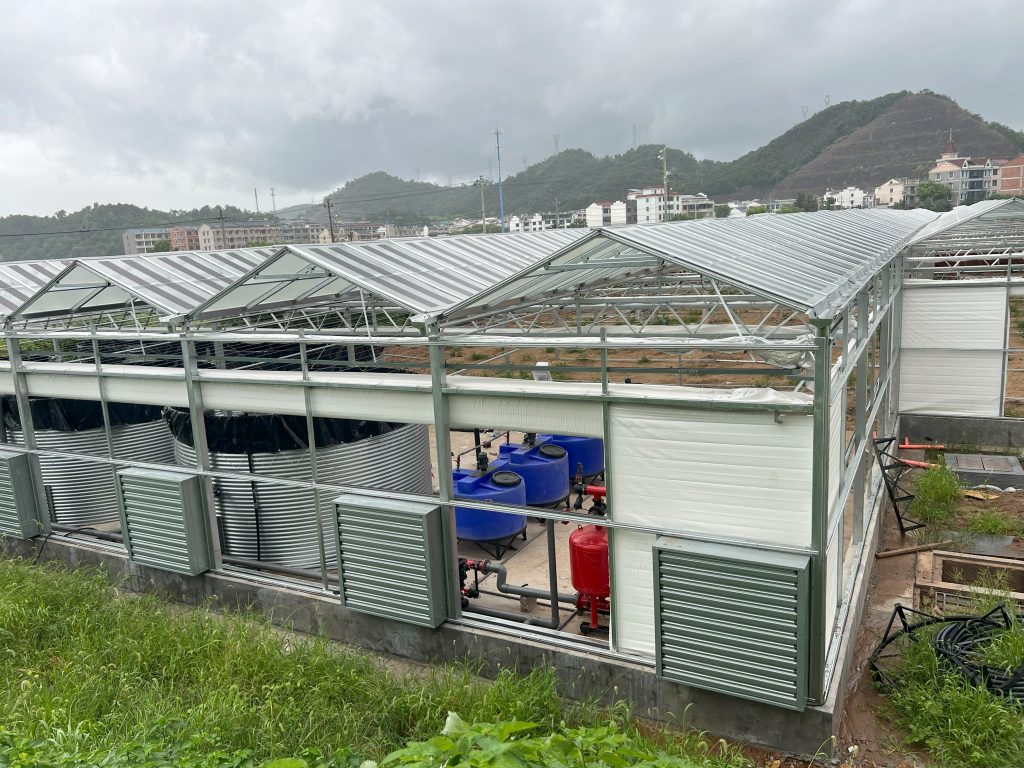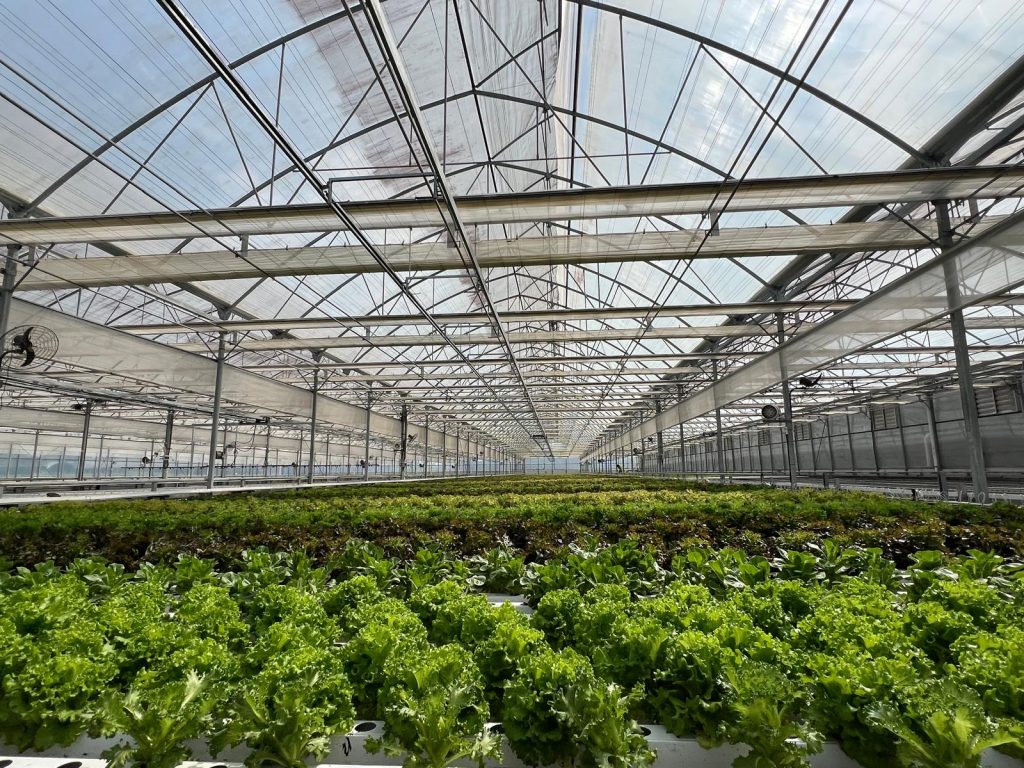Solar Agriculture: Powering Farms with the Sun
Solar agriculture is an innovative approach that combines renewable energy and modern farming practices to create a more sustainable, efficient, and cost-effective agricultural system. Traditionally, agriculture has relied heavily on diesel, coal-based electricity, and other fossil fuels to power irrigation, storage, and farm machinery. This dependence not only increases costs for farmers but also contributes to environmental pollution and climate change. Solar agriculture addresses these challenges by harnessing the power of the sun to generate clean energy for farming operations, while also offering opportunities for better land utilization and improved crop yields.

The Concept of Solar Agriculture
At its core, solar agriculture involves integrating solar photovoltaic (PV) systems into farming activities. Farmers can install solar panels on rooftops of barns and sheds, in open fields, or even directly above crops in a system known as agrivoltaics. The electricity generated by these panels can then be used to run essential farming equipment such as water pumps, lighting, greenhouses, and storage facilities. In some cases, excess electricity can also be sold back to the grid, creating an additional source of income for farmers.
Agrivoltaics, in particular, represents a new frontier in farming. By mounting solar panels at an elevated height above farmland, both crops and solar panels can share the same land. Crops benefit from partial shade, which protects them from excessive heat and reduces water loss due to evaporation, while the panels continue to produce renewable energy. This dual-use approach maximizes the productivity of land, which is especially valuable in regions where agricultural land is limited.
Advantages of Solar Agriculture
One of the most significant advantages of solar agriculture is the reduction in operating costs. Irrigation systems, for example, often require substantial amounts of electricity or diesel fuel to operate, which can be a major expense for farmers. By using solar-powered water pumps, farmers can drastically cut down on fuel costs and achieve long-term energy independence. This not only makes farming more affordable but also more predictable, as farmers are less affected by fluctuations in fuel prices.
Solar agriculture also provides a reliable source of energy in rural areas where access to electricity may be limited or unstable. Many developing countries face challenges with power outages and weak grid connections, which can hinder agricultural productivity. Solar systems ensure that farmers have continuous access to the electricity they need, enabling them to irrigate crops on time, preserve produce in cold storage, and process food products without interruption. This reliability directly translates to higher yields and reduced post-harvest losses.

Another important benefit lies in the environmental impact. Traditional farming practices contribute to greenhouse gas emissions, both directly through fuel use and indirectly through energy consumption. Solar agriculture reduces reliance on fossil fuels, thereby cutting emissions and supporting global efforts to combat climate change. Moreover, agrivoltaic systems have been shown to improve soil health and biodiversity by providing shaded microclimates that support diverse ecosystems around farms.

Applications in Farming
The scope of solar agriculture is broad, covering nearly every stage of the farming process. Solar-powered irrigation is one of the most common applications, as water is essential for crop growth. Farmers can install solar pumps that draw water from underground wells, rivers, or reservoirs, providing a consistent and affordable supply of irrigation water without the recurring cost of diesel.
In post-harvest management, solar cold storage systems are revolutionizing the way farmers preserve fruits, vegetables, and grains. By using solar-powered refrigeration units, produce can be stored for longer periods, reducing spoilage and increasing market value. Similarly, solar dryers allow farmers to dehydrate crops such as spices, herbs, and fruits in a controlled manner, ensuring better quality and hygiene compared to traditional sun drying methods.
The Future of Solar Agriculture
As global energy demand continues to rise and climate change poses increasing threats to food production, solar agriculture offers a promising solution. Governments and organizations around the world are recognizing the importance of renewable energy in farming and are providing subsidies, low-interest loans, and incentives to promote solar adoption in rural areas. Technological advancements are also driving down the cost of solar panels and improving their efficiency, making them more accessible to farmers of all scales.
The future of solar agriculture lies in innovation and collaboration. With the development of advanced agrivoltaic designs, AI-based energy management systems, and smart irrigation technologies, farms can become more self-sufficient, climate-resilient, and profitable. The integration of solar with agriculture is not just about reducing costs; it is about creating a sustainable food and energy system that benefits both farmers and the environment.

